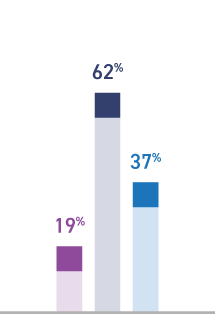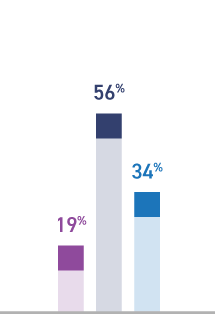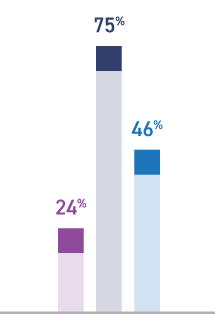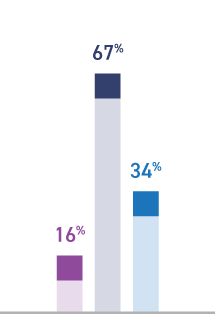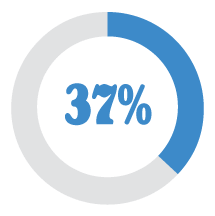Infographic: Securing the Future of Remote Work
After COVID-19 is resolved, 37 percent of organizations worldwide expect more than half of their workforce to continue to want to work remotely, compared to only 19 percent pre-pandemic, Cisco found. But, the turn to decentralized workforces presents security challenges, as documented by Cisco in its Future of Secure Remote Work Report, released in October 2020.
Anybody Home?
Across Asia-Pacific, Japan, and China (APJC); the Americas; and Europe, organizations do not expect remote work to return to pre-pandemic levels. Some countries push even further into the remote work arena—53 percent of organizations in Brazil and India expect more than half of their workforce will remain remote after the pandemic.
Percent of respondents with more than half of their workforce working remotely
|
|||
|
|
|
|
|
Awareness Needed
People are often the first and last lines of defense in security, and cybersecurity is no exception. With remote workforces, a lack of employee awareness about the risks they and their devices pose to company systems or data is a dangerous pitfall.
Percent of respondents who reported these challenges in reinforcing cybersecurity protocols
 |
 |
 |
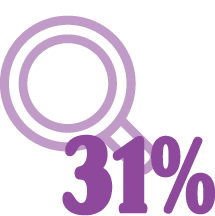 |
Lack of employee awareness or education |
Too many tools to manage |
Inconsistent interfaces |
Lack of visibility |
Remote Risks
Companies worldwide experienced a spike in cybersecurity threats during the pandemic as malicious actors took advantage of upheaval and potential security gaps, particularly when users were trying to access networks remotely.
Percent of respondents who reported an increase of 25 percent or more in cyber threats or alerts
|
Global |
APJC |
Americas |
Europe |

